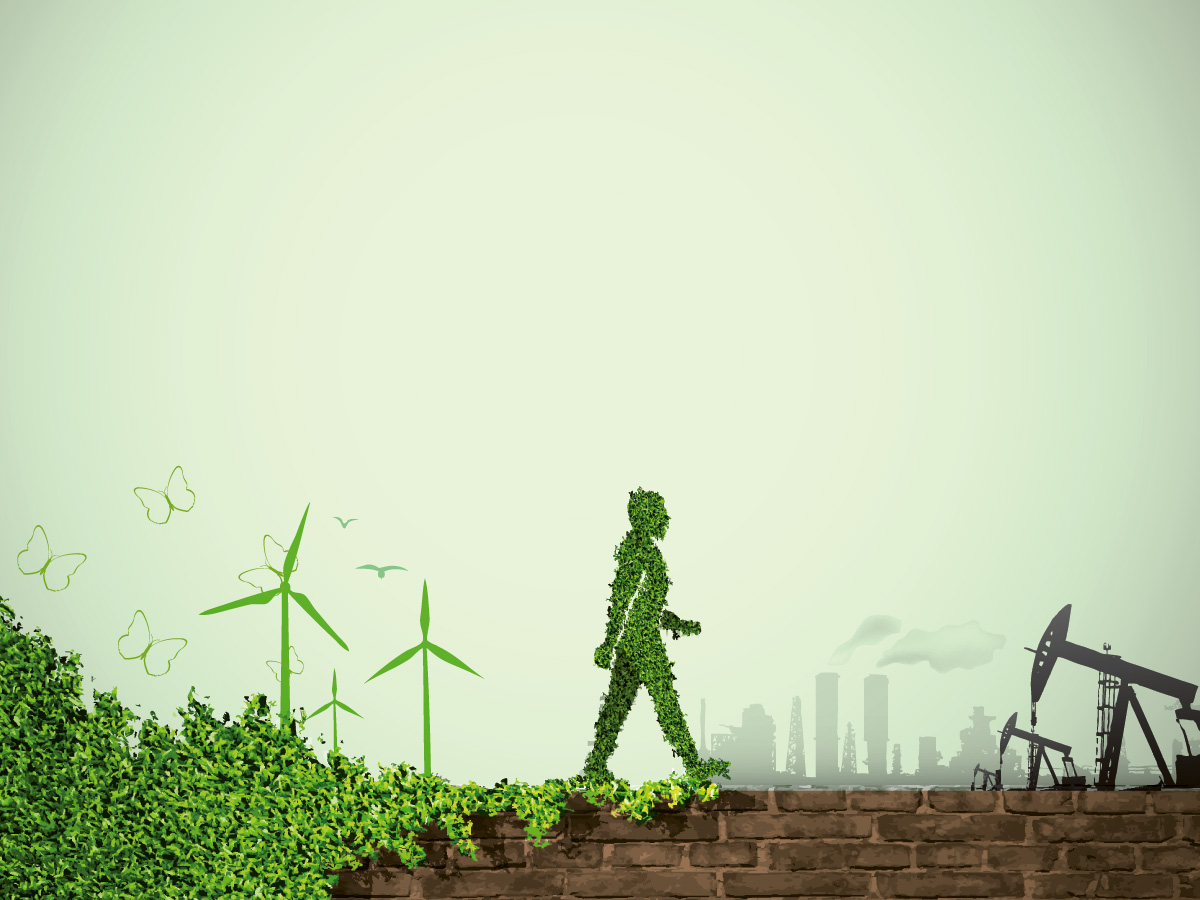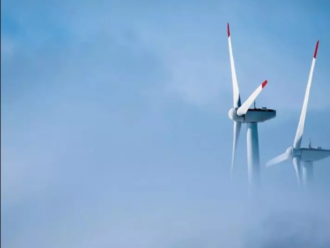Soaring energy prices, the war in Ukraine and further damning evidence on the treat to our environment from the Intergovernmental Panel on Climate Change (IPCC) requires sustainable finance to move into a new phase, a leading academic has said.
Speeding up the replacement of today’s fossil fuel energy system with one powered by clean energy is one of the central tasks of sustainable finance, says a paper authored by Nick Robins, professor in practice of sustainable finance at the London School of Economics.
In the paper, Robins said the current crisis should prompt us to reflect on the fossil fuel shocks of 1973 and 1979: the first triggered by the Arab-Israeli conflict and the second by the Iranian Revolution.
“As well as causing stagflation, these events also spurred the first serious efforts to improve energy efficiency and develop renewable sources of energy – Vestas sold its first turbine in 1979, for example. In 1973, the UK hit its peak level of carbon dioxide emissions; in 1979 the European Union followed suit.”
But the 1970s also drove the search for new sources of hydro-carbons and dependence on fossil fuels continued, not least in emerging and developing economies such as China, India, Indonesia and South Africa, Robins said.
“The result: most of the carbon dioxide from fossil fuels has been emitted since 1991 and according to the International Energy Agency, 2021 saw the highest ever level of carbon emissions from energy, despite pandemic lockdowns,” he said.
“Governments must avoid being lured once more into boosting domestic coal, oil and gas production in reaction to crisis,” Robins added.
Net-zero transition
In Europe at least, the signs are that the crisis could in fact help fast-forward the net-zero transition. Launching the REPowerEU package, two weeks after the Russian invasion of Ukraine, the Commission’s green new deal commissioner, Frans Timmermans, called for a “dash into renewable energy at lightning speed”.
“This needs to be matched by action to structurally eliminate fossil fuel demand, which will happen by improving energy efficiency, electrifying heat and transport and ramping up green hydrogen production,” Robins says.
It also puts the strategies of investors into sharper focus. “The Ukraine conflict has moved key energy transition strategies such as divestment centre-stage as corporations and investors race to exit Russian assets,” Robins said. “It has shown that fire-sale divestments in a time of crisis brings the ultimate crystallisation of stranded asset risk.”
BlackRock’s chief executive, Larry Fink, has said he believes “that recent events will actually accelerate the shift toward greener sources of energy in many parts of the world”.
To make this come about, sustainable finance needs to deliver a ‘double punch’, Robins said, which confronts the twin sources of fossil fuel unsustainability – climate change and energy insecurity – and closes the green investment gap, most importantly in the Global South.
Indeed, models have shown that annual net-zero investments must increase three-to-six-fold by 2030, according to the IPCC. In developing countries, an even greater expansion of four to eight times is required, from less than $500bn (£400.4bn) a year to potentially more than $3trn (£2.4trn).
Co-ordinated effort
To move forward, a unified approach in finance is therefore needed, Robins said. “Financial institutions and the actions of central banks and regulators all need to work in a fully co-ordinated effort to reallocate capital across the financial system,” he said. “This investment-led approach will not only help over- come the twin flaws of fossil fuels, but also drive a more attractive and inclusive development pathway.
“Guardians of the financial system – central banks and supervisors – also need to raise their game to explicitly factor the instability of fossil fuels into their strategies alongside climate risks,” Robins added.
He continued to explain that governments could also “tap into the growing investor demand for green assets by delivering a significant issuance of green, social and sustainability sovereign bonds”.
At the European Central Bank, Isabel Schnabel has distinguished between the ‘fossilflation’ that lies at the root of the recent energy price spikes, ‘climateflation’ as physical shocks impact on production and ‘greenflation’ as rising demand for clean energy solutions prompts supply chain bottlenecks.
“These point to the need for further action to make sure that monetary policies are fully aligned with the goals of the Paris Agreement, by incorporating, for example, net-zero factors into collateral frameworks and asset purchases to counter price instability,” Robins said.
“Rising interest rates risk making the clean energy boost harder, so ensuring that costs of capital reflect the full risks of fossil fuels is essential.”





Comments